Oxfam scandal: Nine charts that show what charities do
- Published
Charities in the UK raise and spend billions and employ hundreds of thousands of people.
As the Charity Commission conducts an investigation into Oxfam's handling of a sex scandal in Haiti, questions have been asked about the sector - how much money charities raise and how they operate.
Income

The Charity Commission monitors all of the UK's 168,000 charities ranging from universities to the British Arts Council to international aid organisations. In order to register, a charity must prove it will benefit society, whether that is through the advancement of amateur sport, poverty reduction, religion or human rights.
In return, charities are exempt from certain taxes.
Perhaps unsurprisingly, large charities such as Oxfam and Cancer Research UK take a larger slice of the money coming into the sector.
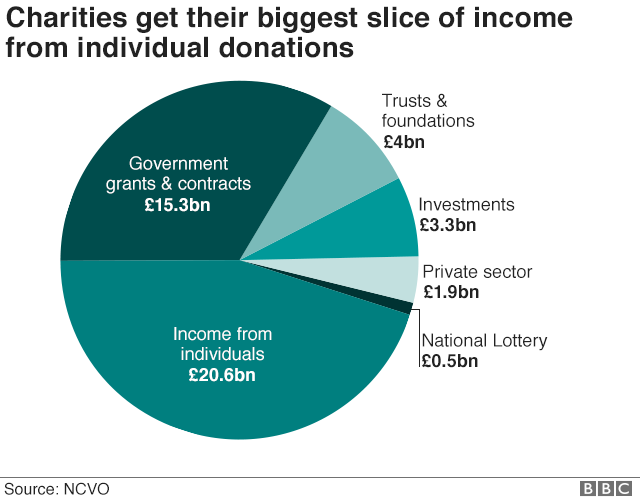
Charities receive income from a variety of places, but are most reliant on support from the public. Donations, charity shops and merchandise are a large part of this, but many charities will offer their services for money.
For example, sexual health clinics and homeless shelters will be given contracts by local government, while charities such as the National Trust might rent out facilities.
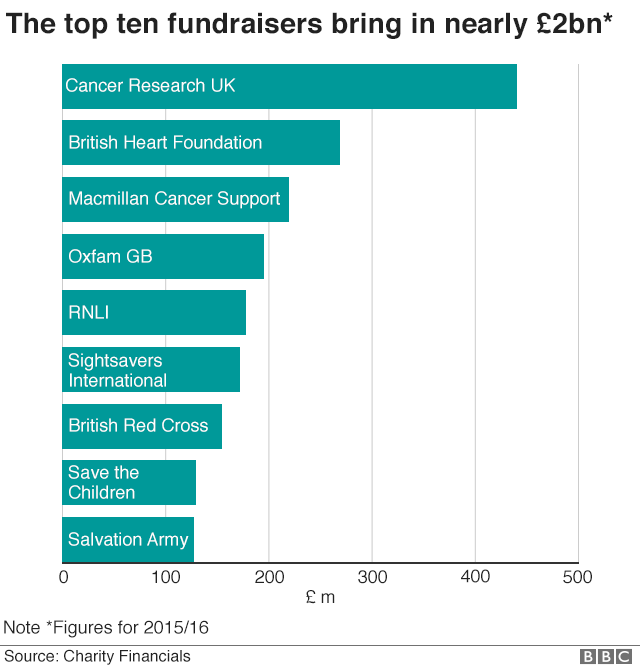
Many charities rely on fundraising for the bulk of their income.
The importance of fundraising varies. According to the Fundraising Charities Spotlight report, external, Macmillan Cancer Support gets almost 95% of its total income from fundraising, compared with the 32% raised for Save the Children.
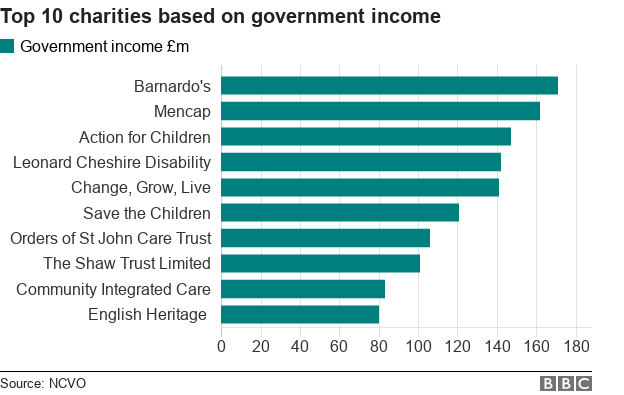
Other charities are more reliant on UK government funding, often because they provide social services. These can help fill the gaps in the government's capabilities and offer specialist skills and experience.
For example, Barnardo's runs some adoption services and Shelter provides housing advice to people in danger of becoming homeless. Overseas aid charities can help supply aid where the government has no access.
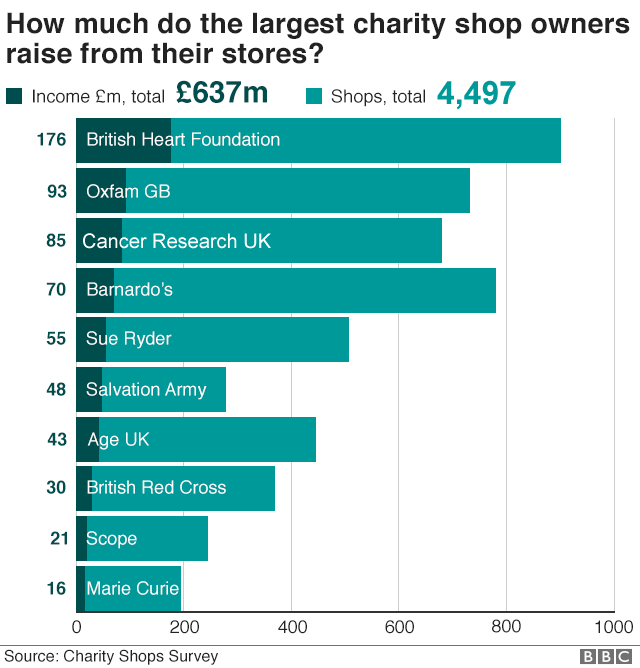
For many, charity shops are the face of fundraising. The Charity Retail Association, external estimates there are 11,200 shops in the UK ranging from standalones to High Street giants such as the British Heart Foundation.

Spending

Charities spend the majority of their money on their main causes. Oxfam says for every £1 donated, 82p will be spent on humanitarian, development and campaigning work. Grants are given from some charities to individuals and other organisations to further the work of the charity.
Charities also allocate some of their funds to raising more money - for example, organising events, advertising or sending so-called "chuggers" on to the streets.
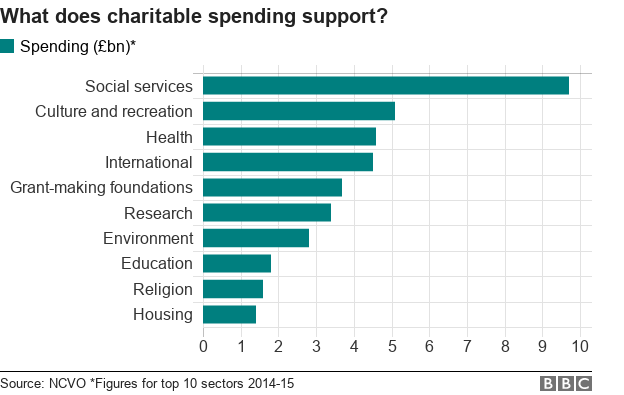
Most money is spent on social services in the UK, such as helping those in poverty or with disabilities. Just over 10% goes on international projects including humanitarian aid and development.

Workforce
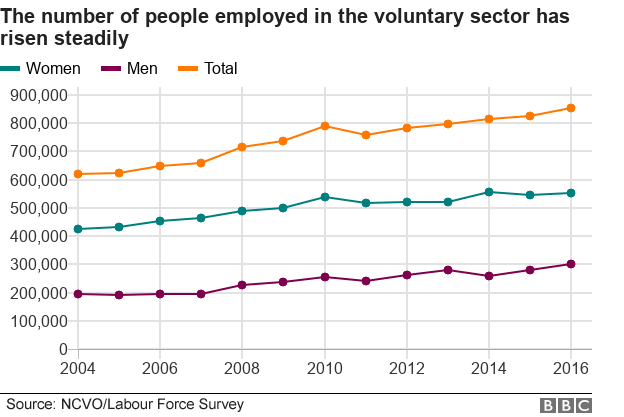
As the amount of money being spent on the voluntary sector has increased, so has the number of people employed by it. Today, it represents 2.7% of the total UK workforce. Most workers (63%) are on full-time contracts, but this is still lower than the public (70%) and private (75%) sectors.

Outside formal employment, it is estimated 14.2 million people volunteered once a month in 2016. Most volunteering is linked to sport, cultural, religious or educational events and the activities can range from helping to run an event to providing transport.
This volunteering is estimated to be worth £22.6bn a year in England and the biggest reason for getting involved is altruism, with 61% saying they wanted to improve things or help people.
- Published14 February 2018
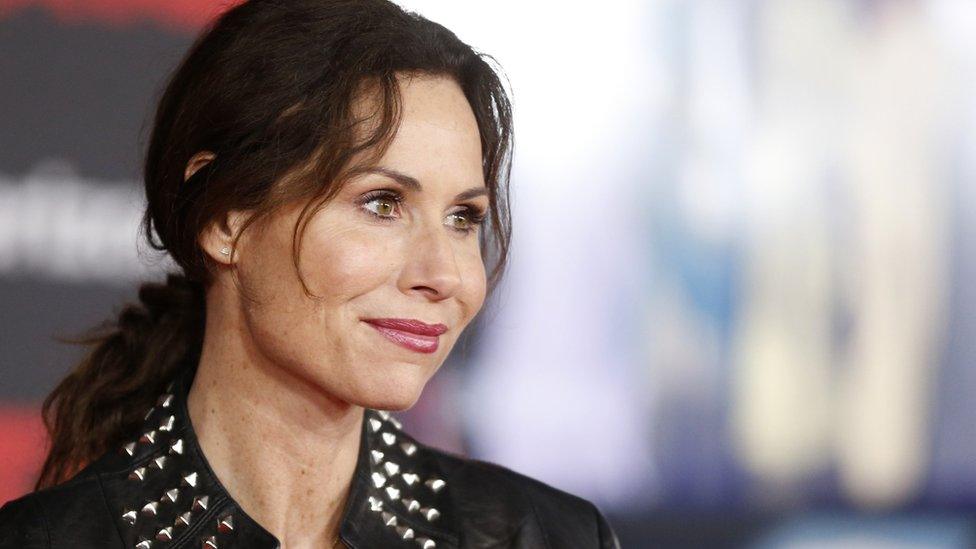
- Published13 February 2018

- Published12 February 2018
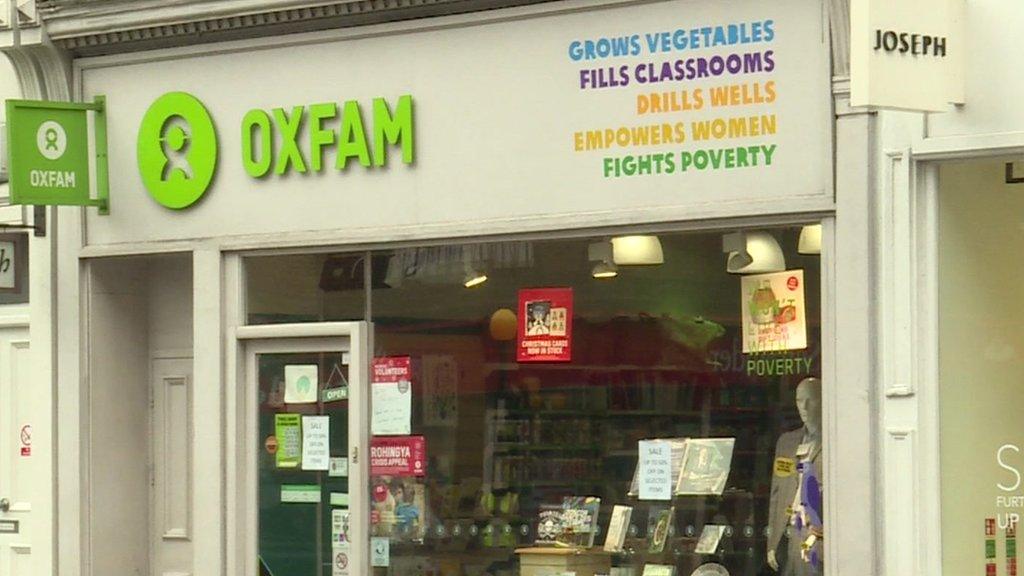
- Published25 January 2018
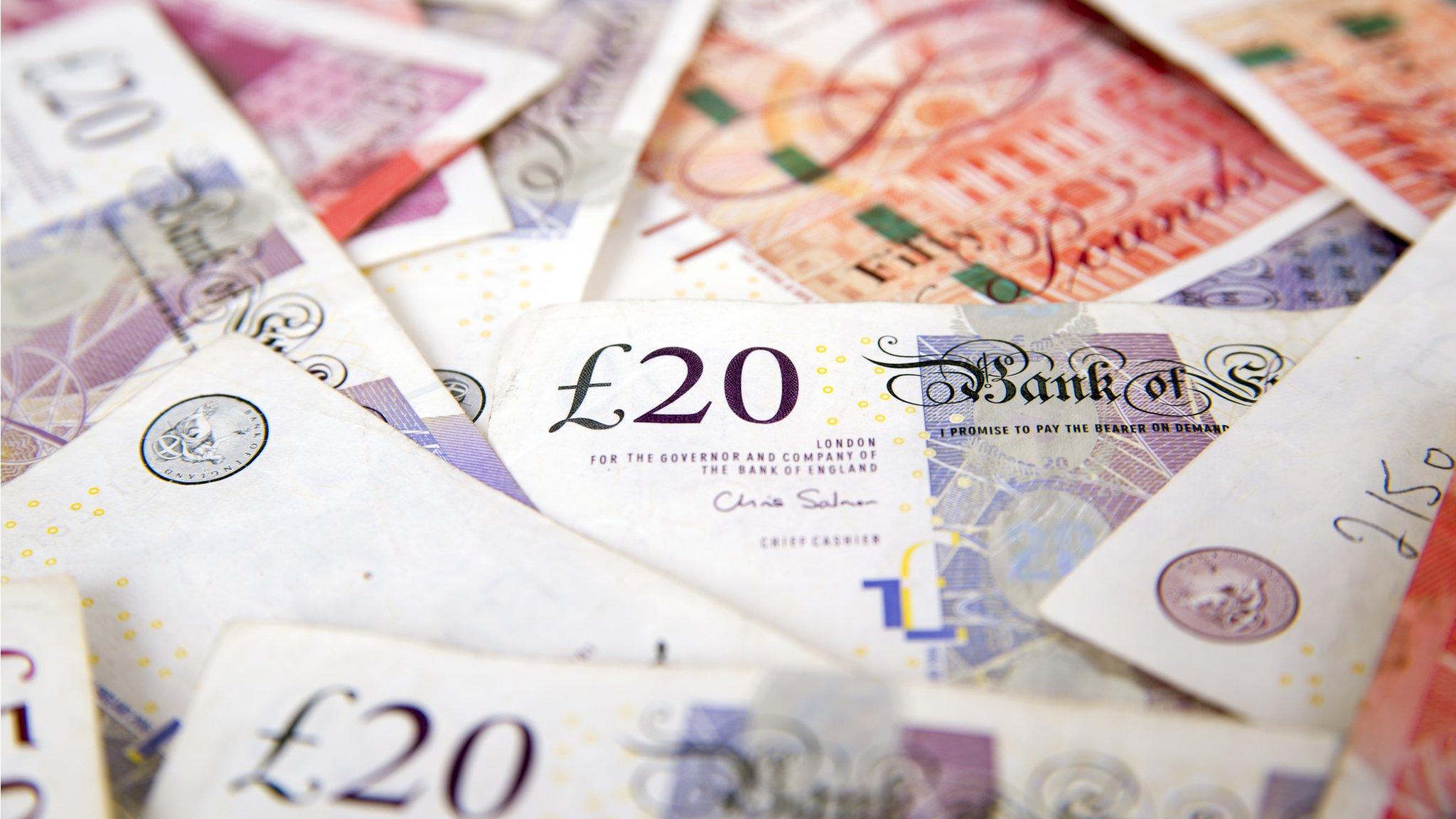
- Published4 July 2017
